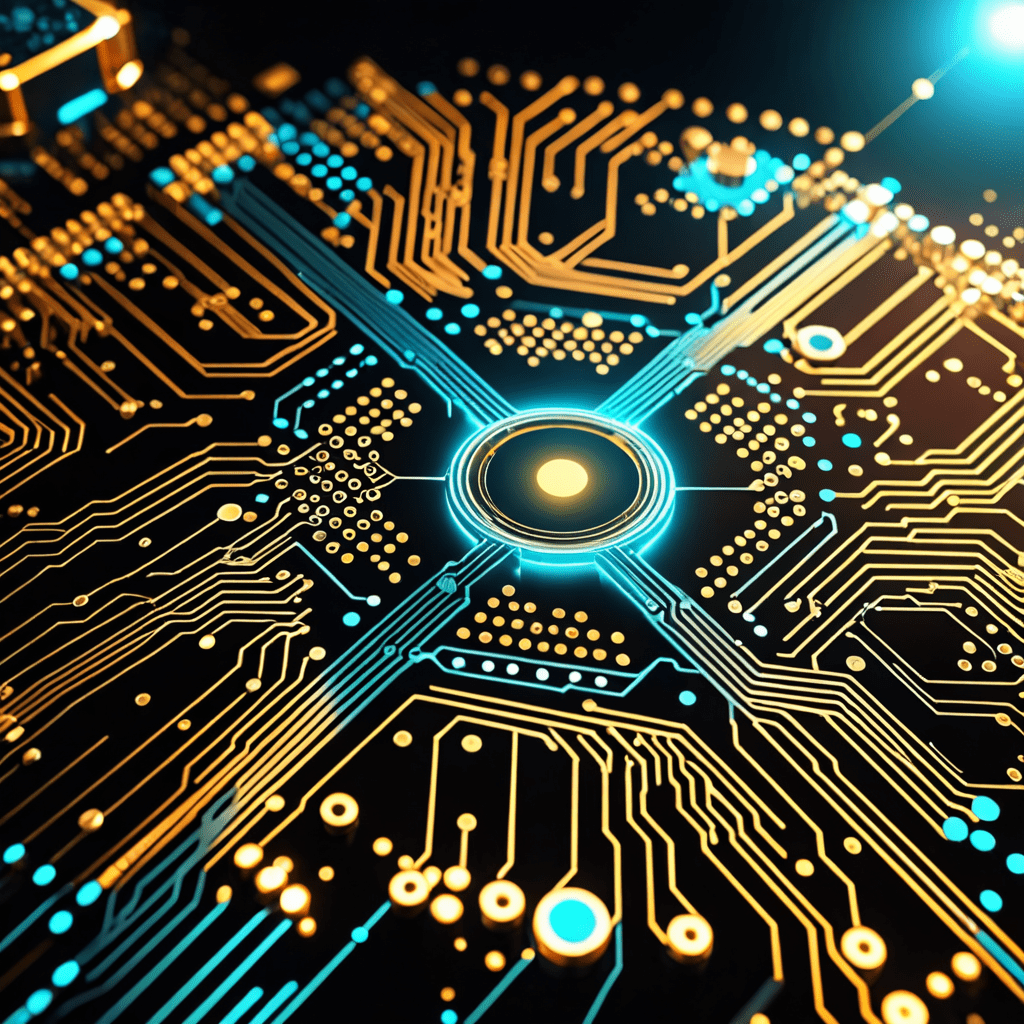
Nanotechnology in Water Quality Monitoring: Ensuring Clean Water with Nanotech
Welcome to our blog post where we explore the fascinating world of nanotechnology and its crucial role in monitoring water quality to ensure clean and safe drinking water for all. Let’s delve into how nanotech is revolutionizing water quality monitoring!
The Basics of Nanotechnology
Nanotechnology involves manipulating materials on an atomic and molecular scale. By working at this incredibly small level, scientists can create innovative solutions with unique properties that offer numerous benefits in various fields, including water quality monitoring.
Nanotech Applications in Water Quality Monitoring
One of the key applications of nanotechnology in water quality monitoring is the development of nanosensors. These incredibly small sensors can detect and measure contaminants in water with high precision, allowing for early detection of pollutants and timely intervention to ensure water safety.
Enhanced Detection Capabilities
Nanosensors have the remarkable ability to detect contaminants in water at concentrations as low as parts per billion or even parts per trillion. This level of sensitivity is crucial for identifying potential threats to water quality before they reach harmful levels.
Real-Time Monitoring and Data Collection
Thanks to nanotechnology, real-time monitoring of water quality has become a reality. Nanosensors can continuously collect data on various parameters, such as pH levels, heavy metal concentrations, and microbial contaminants, providing a comprehensive picture of water quality at any given moment.
Improved Water Treatment Processes
Nanotechnology is also being utilized to develop advanced water treatment technologies. Nanomaterials like nanoparticles and nanotubes are used to remove impurities from water more efficiently, making treatment processes faster and more effective.
Future Prospects and Challenges
As nanotechnology continues to advance, the future of water quality monitoring looks promising. However, challenges such as scalability, cost-effectiveness, and potential environmental impacts need to be addressed to fully realize the potential of nanotech in ensuring clean water for all.
Conclusion
In conclusion, nanotechnology is playing a crucial role in revolutionizing water quality monitoring by providing enhanced detection capabilities, real-time data collection, and innovative water treatment solutions. By harnessing the power of nanotech, we can work towards safeguarding our precious water resources and ensuring a healthier and more sustainable future for generations to come.
FAQ about Nanotechnology in Water Quality Monitoring
What is Nanotechnology in Water Quality Monitoring?
Nanotechnology involves the manipulation of materials at the nanoscale level. In water quality monitoring, nanotech is utilized to create highly sensitive sensors for detecting contaminants in water sources.
How does Nanotechnology Ensure Clean Water?
By using nanosensors, nanotechnology can detect even trace amounts of pollutants in water, enabling rapid and precise monitoring. This technology plays a crucial role in ensuring the cleanliness and safety of drinking water.
What are the Benefits of Nanotech in Water Quality Monitoring?
Nanotechnology enhances the accuracy, efficiency, and speed of water quality assessment. It allows for real-time monitoring, early detection of contaminants, and facilitates proactive measures to maintain clean water supplies.


